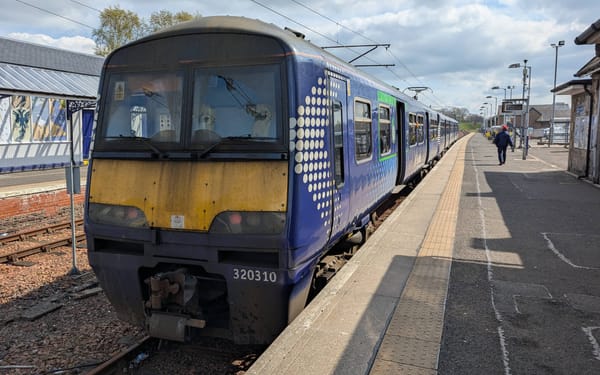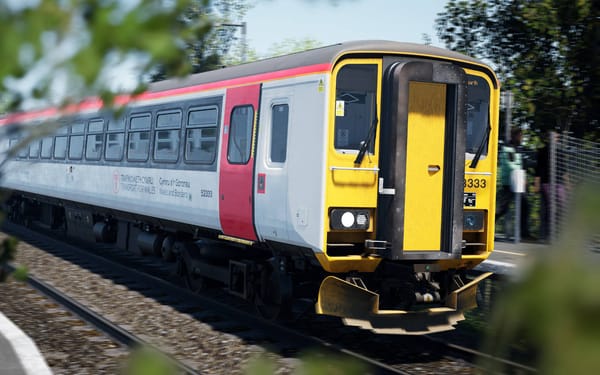Class 755

The Class 755 is a modern bi-mode multiple unit (BMU) manufactured by Stadler between 2018 and 2020. It is a part of their FLIRT ("Fast Light Intercity and Regional Trains") family of trains, and accompanies the Class 745 on the network. These trains are now operated by Greater Anglia on their regional routes, such as the Gainsborough line (Marks Tey to Sudbury), Wherry lines (Norwich to Great Yarmouth, Lowestoft), and East Suffolk line (Ipswich to Lowestoft).
There are two subclasses, the 755/3 and 755/4. The only difference between these subclasses is length and, by extension, seated capacity. The BMUs entered revenue earning service on 29 July 2019. They replaced the Class 37 and Mk 2 carriage formations, Class 153, Class 156, and Class 170, and so were responsible for the much of the loss of variety of rolling stock on the Greater Anglia network.
Overview
Technical specifications
755/4 – 4-car
755/4 – 80.7 m
On-board
755/4 — 202 seats
Accessibility
Subclasses
There are two subclasses of the Class 745. The 755/3 is formed of 3 passenger cars per unit, alongside the power pack, whereas the 755/4 is formed of 4 passenger cars per unit, also alongside the power pack. Both subclasses can theoretically be found across all of Greater Anglia's regional routes, but the 745/3 is prioritised, as expected, for operation on lesser used routes, such as the Gainsborough line (Marks Tey to Sudbury).
Across both subclasses, there is no difference to the on-board experience. Both subclasses are just as accessible with each other. Even though the 755/4 is longer, there is still only one toilet across the whole train. So, the difference between these subclasses lies solely in length and capacity.
| Subclass | Operator | Qty. | Year built | Passenger cars | Unit nos. |
|---|---|---|---|---|---|
| 755/3 | Greater Anglia | 14 | 2018–2020 | 3 | 755325–755338 |
| 755/4 | 24 | 4 | 755401–755424 |
Context
Class 153
Class 145
Class 170
Media




Footnotes
- Bi-mode multiple units (BMU) can operate with a pickup along appropriate track (i.e., where there are overhead lines or third rail installed), and otherwise using a diesel engine, for added flexibility.
- A pickup is a piece of equipment installed on a train to connect it to the supply of electricity, usually in the form of overhead lines or a third rail. On the Class 755, it will be used during electric, as opposed to diesel, operation.
- The formations given do not include the power pack vehicle. The power pack vehicle contains the engines and generators required for diesel operation. It contains a narrow corridor, so it is still possible to walk to and from each end of the train.
References and attribution
- Fact file data: Stadler Rail Group (2019). Bi-Mode Multiple Unit – FLIRT. [online] Available at: https://stadlerrail.com/media/pdf/feabmu0819_en.pdf [Accessed 26 Aug. 2024].
- Subclasses table and data: Forked from the English Wikipedia on 28 August 2024, copyright © the Wikipedia editors. Reproduced and distributed under the terms of the original license: CC-BY-SA 4.0. Available at: https://en.wikipedia.org/wiki/British_Rail_Class_755.
- All photos and videos are copyright © To The Trains 2020.
Contribute
If you notice that this fact file is out-of-date or otherwise missing information that you can provide, please get in touch.
This fact file was authored by Sebastien Jensen and last updated 21 November 2024.




